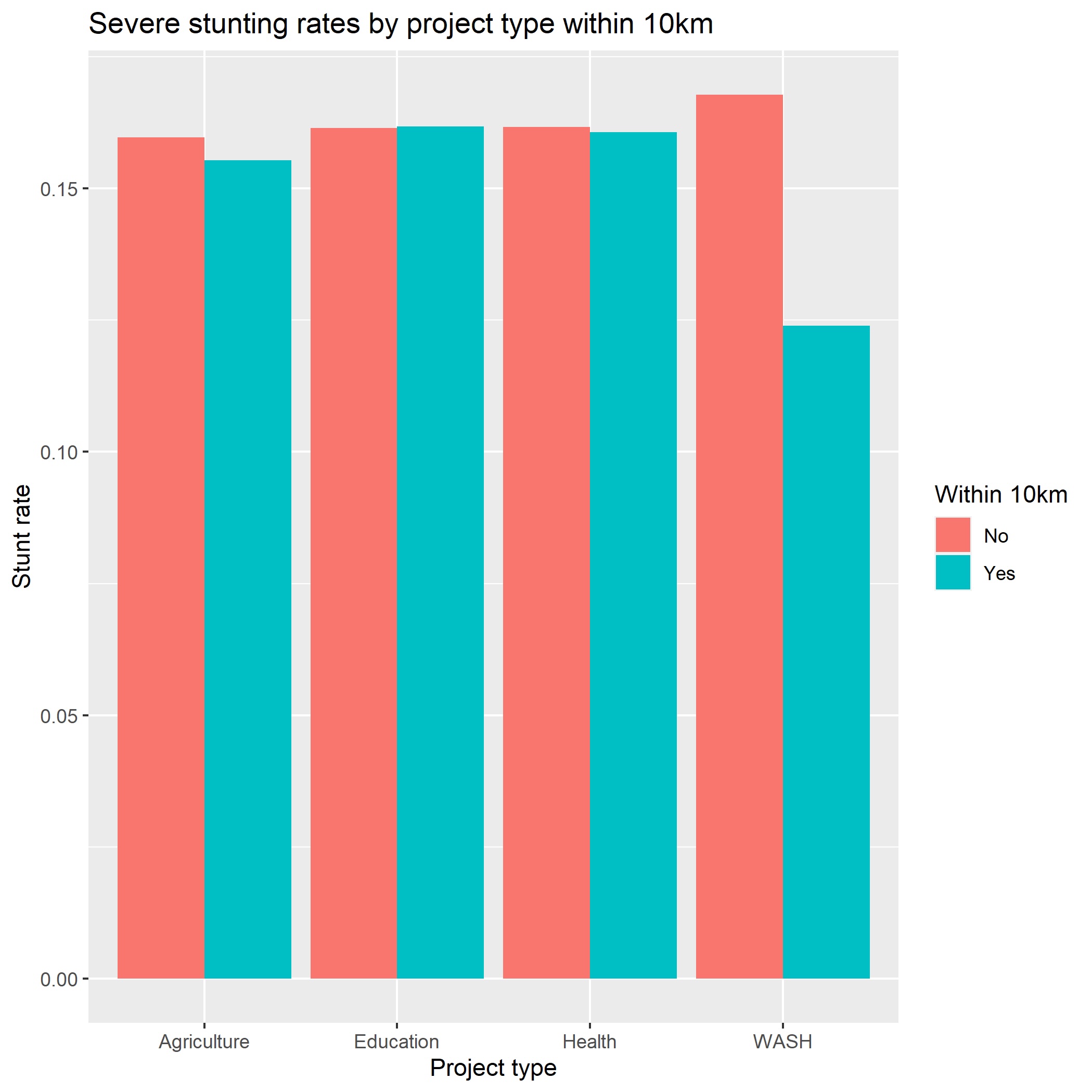Does Project-Level Aid for Water and Sanitation Improve Child Health Outcomes? Evidence from Household Panel Data in Uganda
Abstract
Empirical studies on the effectiveness of aid to the water, sanitation, and hygiene sector (WASH aid) have focused primarily on access to these services as the benchmark for evaluating the effectiveness of aid in this sector. Given the importance of WASH services for public health outcomes, the effectiveness of WASH aid should also be evaluated in terms of its impact on health outcomes. This is especially important in low- and middle-income countries where achieving sustained improvements in child health outcomes remains a challenge. This paper uses geocoded sub-national data on the location of WASH aid projects in Uganda in conjunction with six waves of nationally representative household-level panel survey data to examine the impact of aid-funded WASH projects on the probability of stunting among Ugandan children and infants. Analysing aid effectiveness at the sub-national level avoids the problems of cross-country heterogeneity in aid effectiveness that plagues other studies. Results of the difference-in-differences regression analysis suggest that proximity to an aid-funded WASH project reduces the probability of stunting by 14–21 percent. The results suggest that scaling up aid to the WASH sector can help improve child health outcomes in the country.
Key Figures

Citation
@article{pickbourn2022,
author = {Pickbourn, Lynda and Caraher, Raymond and Ndikumana, Léonce},
title = {Does {Project-Level} {Aid} for {Water} and {Sanitation}
{Improve} {Child} {Health} {Outcomes?} {Evidence} from {Household}
{Panel} {Data} in {Uganda}},
journal = {WIDER Working Paper},
number = {2022/141},
date = {2022-11-01},
url = {https://doi.org/10.35188/UNU-WIDER/2022/274-4},
langid = {en}
}